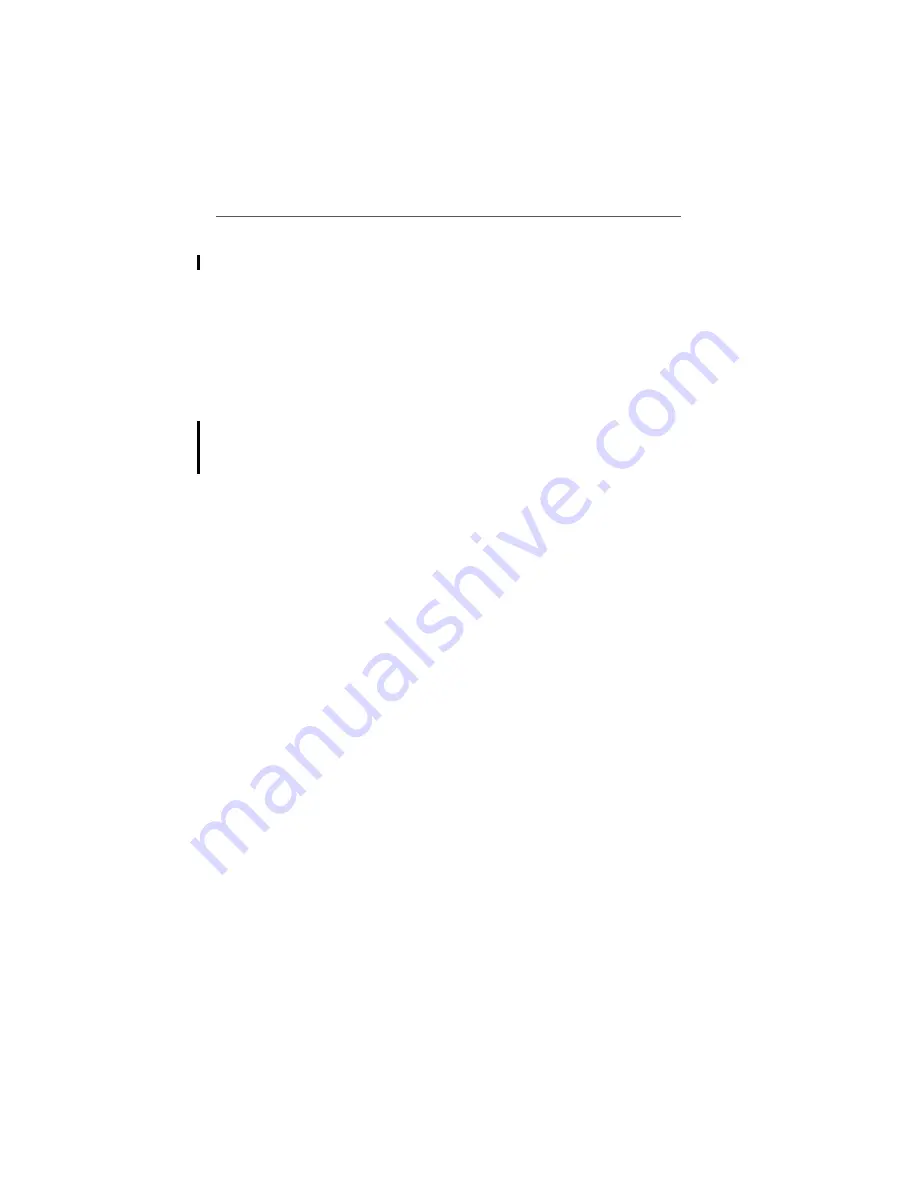
S
ECTION
8: H
ANDLING
AND
S
ERVICING
C
IRRUS
D
ESIGN
S
ERVICING
SR20
8-14
P/N 11934-005
To Inflate Tires
1.
Open access doors on wheel pants to gain access to valve stems. It may
be necessary to move airplane to get valve stem aligned with the access
hole.
2.
Remove valve stem cap and verify tire pressure with a dial-type tire
pressure gauge.
• CAUTION •
The LH and RH main wheel tire pressures must be within 20 psi
of each other to ensure the load is evenly distributed between the
main wheels.
3.
Inflate nose tire to 30 - 35 psi (207 - 241 kPa) and main wheel tires to
60 - 65 psi (414 - 448 kPa).
4.
Replace valve stem cap and close access doors.
Propeller Servicing
The spinner and backing plate should be cleaned and inspected for cracks
frequently. Before each flight, the propeller should be inspected for nicks,
scratches, and corrosion. If found, they should be repaired as soon as
possible by a rated mechanic, since a nick or scratch causes an area of
increased stress which can lead to serious cracks or the loss of a propeller
tip. The back face of the blades should be painted when necessary with flat
black paint to retard glare. To prevent corrosion, the surface should be
cleaned and waxed periodically.
Refer to the shot peening requirement described in
Engine Oil Servicing
The total oil capacity of the Lycoming Engines IO-390-C3B6 engine is 8
quarts (7.6 liters). The engine oil sump has a capacity of 7 quarts, and the
oil filter accounts for an additional 1 quart of the total capacity.
After the first 25 hours of operation, or four months, whichever occurs first,
it is required that the oil be changed, the oil filter replaced, and the oil pres-
sure screen be cleaned and inspected, in accordance with the manufac-
turer’s instructions for continued airworthiness.
It is recommended that the oil be changed every 50 hours, or every four
months, whichever occurs first, and sooner under unfavorable operating
conditions.
Refer to Section 2,
, for approved oil grades.
Reissue A
















































